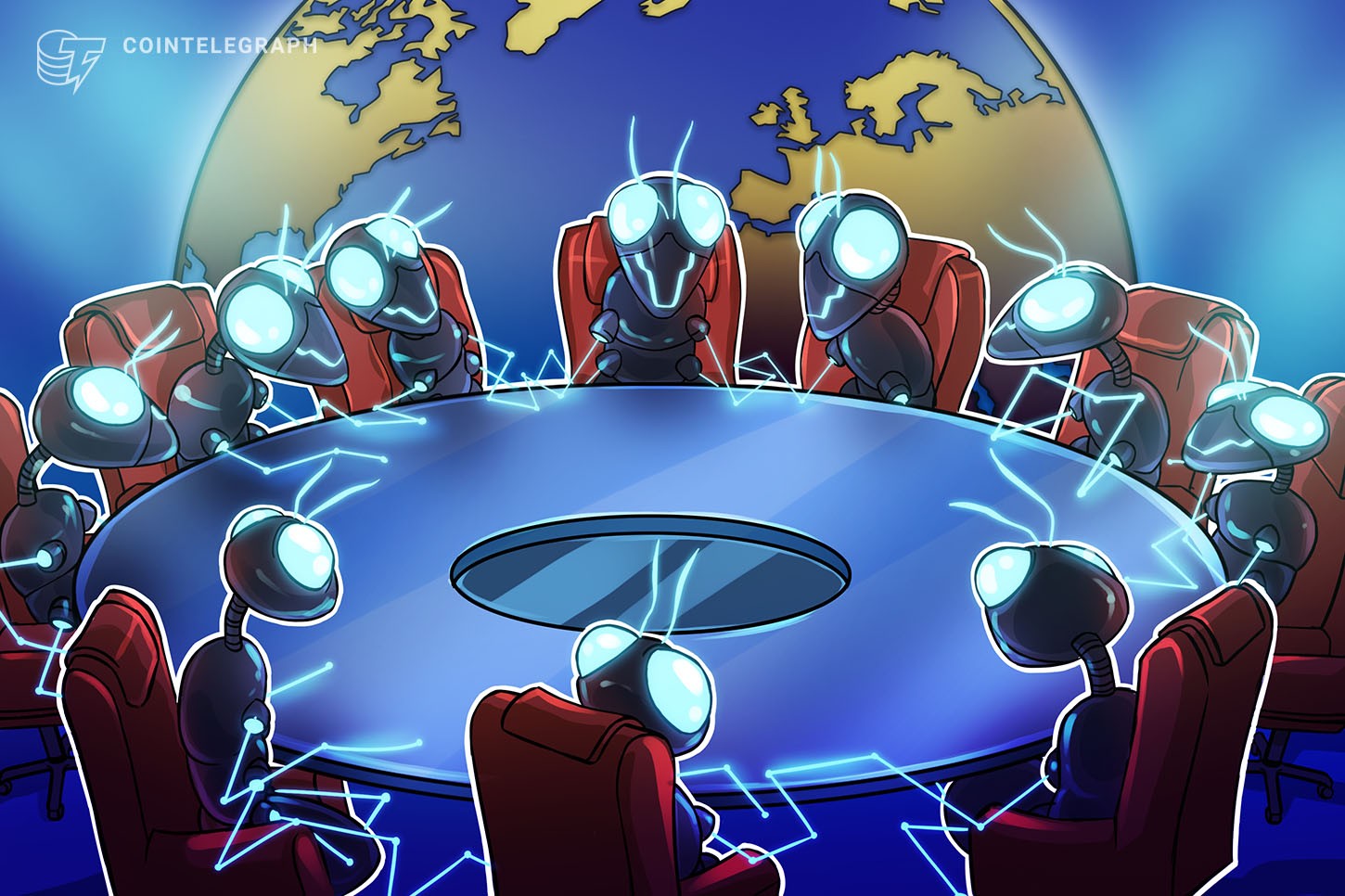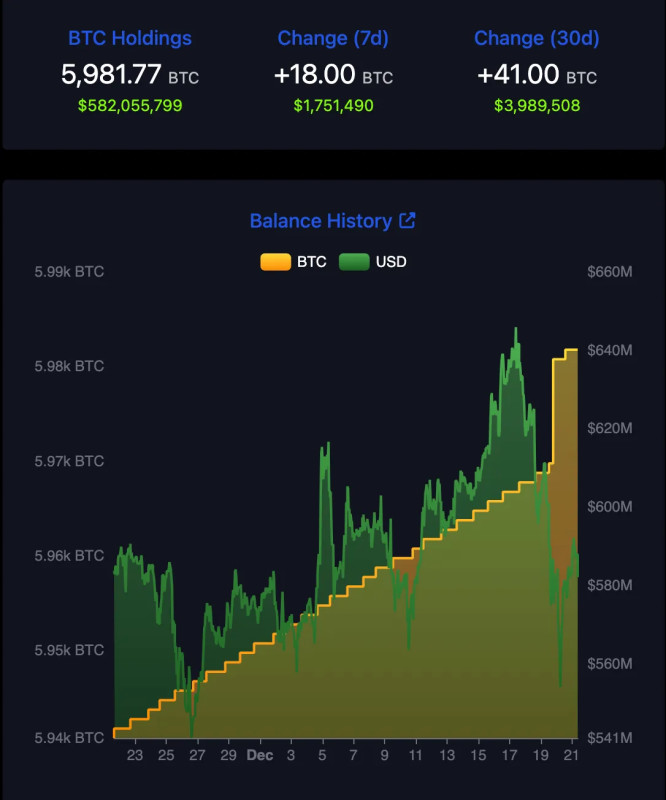
Oracles enable value, but they are also susceptible to value manipulation; co-founders of Cosmos-based Seda discuss their benefits and how to prevent pitfalls.
The year 2022 was not a very good year for Cosmos and its vision of inter-blockchain communications (IBC). The collapse of the Terra Luna ecosystem (the biggest protocol on Cosmos at the time), tension between co-founders and a fall in the token’s price all cast a shadow on its future prospects. That said, projects such as dYdX and cross-chain oracle protocol Seda continue to call the network home and are adamant about its IBC vision.
Currently, Seda says it enables over 12 million data feeds across 24 networks. In an interview with Cointelegraph at EthCC Paris, Jasper de Gooijer and Peter Mitchell, co-founders of the Seda protocol (formerly known as Flux), discussed the importance of oracles in cross-chain bridges and how they protect the value they enable.
Cointelegraph: How do oracles add value to IBC?
Jasper de Gooijer: The current problem is that smart contracts can only query data outside of blockchains themselves, right? That greatly limits the amount of use cases that smart contracts have, such as in lending markets. So in those markets, if you want knowledge on price on, say, six chains at once, you need six oracle providers, and that's when you need multichain oracles.
CT: What is the biggest accomplishment or technological breakthrough thus far in the Seda ecosystem?
Peter Mitchell: We launched Seda about a year ago. And within eight weeks, we became the second-largest oracle, securing over $2.7 billion in total value locked. And then we realized that we couldn’t monitor and scale this into something like 200 chains, right? It would be impossible to have robust monitoring of price feeds.
So the innovation we’ve built on Seda is that the main chain aggregates the data and then pushes the smart contracts to the subchain. And so, rather than deploying the oracle contract on every new chain, we just deploy this single smart contract.
CT: In light of recent high-profile oracle exploits, what are some ways of keeping the technology secure?
JG: The main point is really just education. People should know that they should not build a bridge with hundreds of millions of total value locked if the [underlying] token only has like $10 million of liquidity on decentralized exchanges. The second thing is building smart price data modules, so you can swap tokens for something like time-weighted average price, which makes it less likely to slip in volatile environments.
PM: Like Jasper was saying, if you have a token that's being borrowed against $100 million, and you only have, let’s say, $10 million in liquidity on-chain, then you can’t really liquidate $100 million or $50 million positions against that kind of liquidity. So setting up metrics like liquidation thresholds and collateralization ratios beforehand can really set up the protocol for success.
BIG REVEAL
— SEDA (@sedaprotocol) January 16, 2023
1/ We are thrilled to announce that we have rebranded from Flux Protocol to @sedaprotocol, a new standard for data transmission across web3!
Say goodbye to centralized control over data & hello to a future where data flows freely pic.twitter.com/GYttNGuwuJ
This interview has been edited from its original format for clarity.
Magazine: Tokenizing music royalties as NFTs could help the next Taylor Swift

You can get bonuses upto $100 FREE BONUS when you:
💰 Install these recommended apps:
💲 SocialGood - 100% Crypto Back on Everyday Shopping
💲 xPortal - The DeFi For The Next Billion
💲 CryptoTab Browser - Lightweight, fast, and ready to mine!
💰 Register on these recommended exchanges:
🟡 Binance🟡 Bitfinex🟡 Bitmart🟡 Bittrex🟡 Bitget
🟡 CoinEx🟡 Crypto.com🟡 Gate.io🟡 Huobi🟡 Kucoin.




















Comments